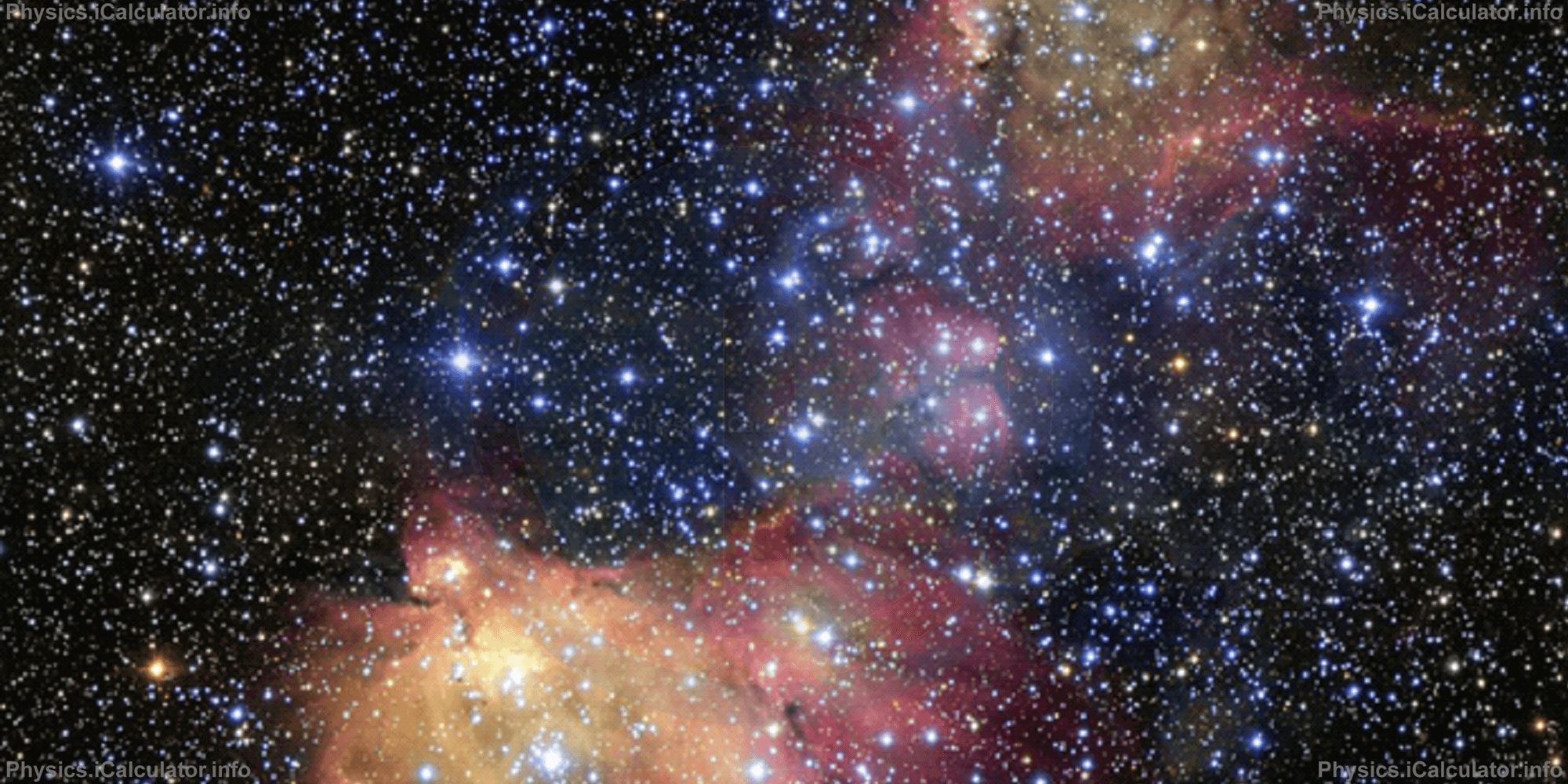Menu
Physics Lesson 22.4.1 - What is a Star? General Features of Stars
Please provide a rating, it takes seconds and helps us to keep this resource free for all to use
Welcome to our Physics lesson on What is a Star? General Features of Stars, this is the first lesson of our suite of physics lessons covering the topic of Stars, you can find links to the other lessons within this tutorial and access additional physics learning resources below this lesson.
What is a Star? General Features of Stars
A star is a celestial body that produces energy by itself. As explained in previous guides, the Sun is a common average-sized star of the Universe, and it looks brighter than the other stars only because it is much closer to the Earth.
You can see a very large number of stars as tiny bright spots when looking at sky in a cloudless night. Some stars look brighter and some others dimmer. The intensity of their illumination depends on a number of factors such as the distance, dimensions, age, etc.
Another thing we see when looking at stars is the colour. Some stars look yellowish combined with orange, some other look red and some other bluish.

Scientific observations have proven that stars have different masses as well. Their masses range from 1/10 to 200 times a solar mass. The dimensions of stars differ at even higher ranges; their radius may vary from a few kilometres to 10 billion kilometres.
The temperature of a stars outer surface varies from 2000 K to 40,000 K. You may wonder how scientists know this fact from such a long distance? This once complex task is now much easier due to our increased knowledge of chromatology (the scientific study of colours).
As stated earlier, the Sun is a very common star; all its features lie in the mid-range of a stars values.
You have reached the end of Physics lesson 22.4.1 What is a Star? General Features of Stars. There are 5 lessons in this physics tutorial covering Stars, you can access all the lessons from this tutorial below.
More Stars Lessons and Learning Resources
Whats next?
Enjoy the "What is a Star? General Features of Stars" physics lesson? People who liked the "Stars lesson found the following resources useful:
- Definition Feedback. Helps other - Leave a rating for this definition (see below)
- Cosmology Physics tutorial: Stars. Read the Stars physics tutorial and build your physics knowledge of Cosmology
- Cosmology Revision Notes: Stars. Print the notes so you can revise the key points covered in the physics tutorial for Stars
- Cosmology Practice Questions: Stars. Test and improve your knowledge of Stars with example questins and answers
- Check your calculations for Cosmology questions with our excellent Cosmology calculators which contain full equations and calculations clearly displayed line by line. See the Cosmology Calculators by iCalculator™ below.
- Continuing learning cosmology - read our next physics tutorial: Evolution of Stars
Help others Learning Physics just like you
Please provide a rating, it takes seconds and helps us to keep this resource free for all to use
We hope you found this Physics lesson "Stars" useful. If you did it would be great if you could spare the time to rate this physics lesson (simply click on the number of stars that match your assessment of this physics learning aide) and/or share on social media, this helps us identify popular tutorials and calculators and expand our free learning resources to support our users around the world have free access to expand their knowledge of physics and other disciplines.